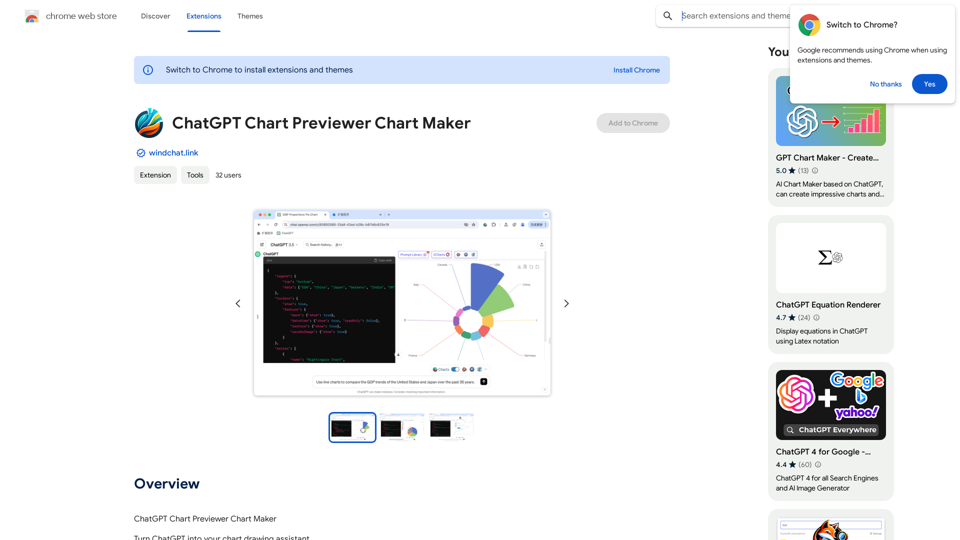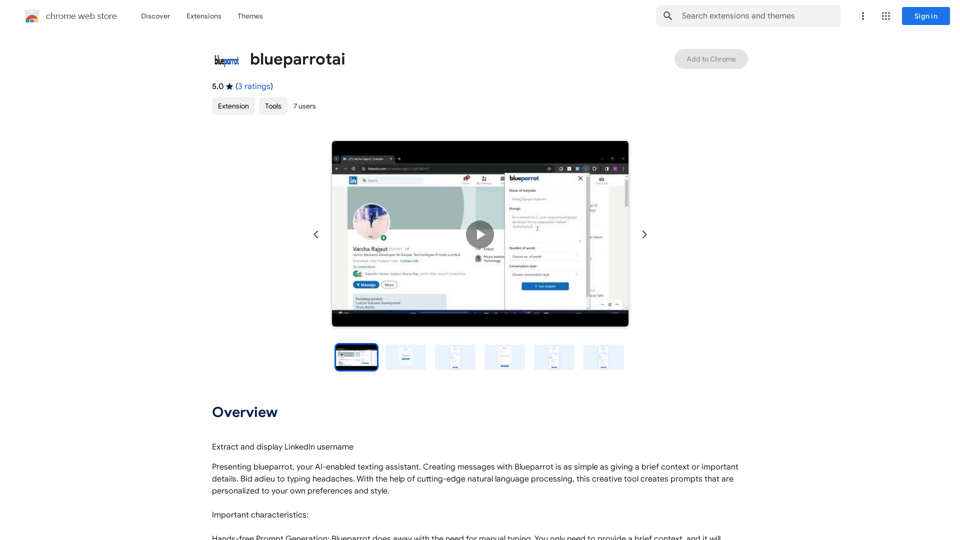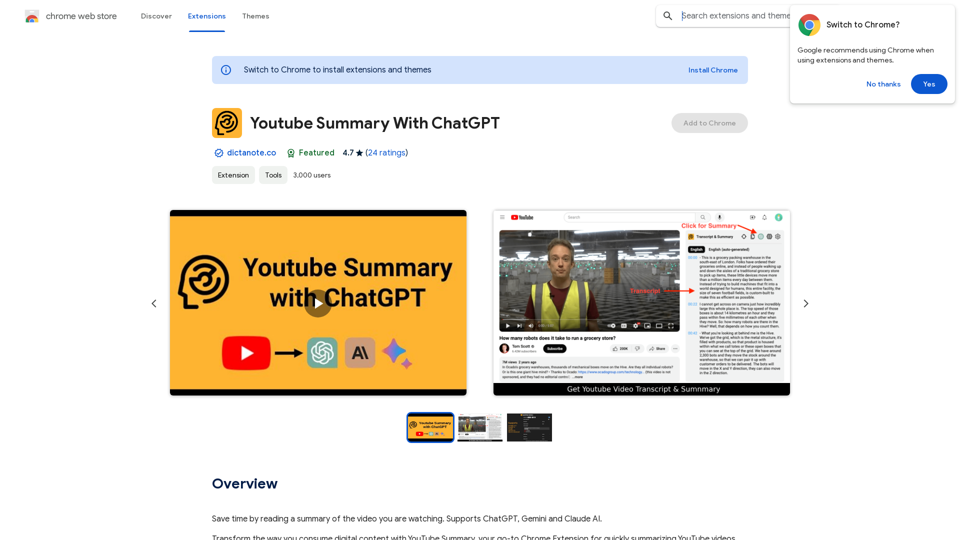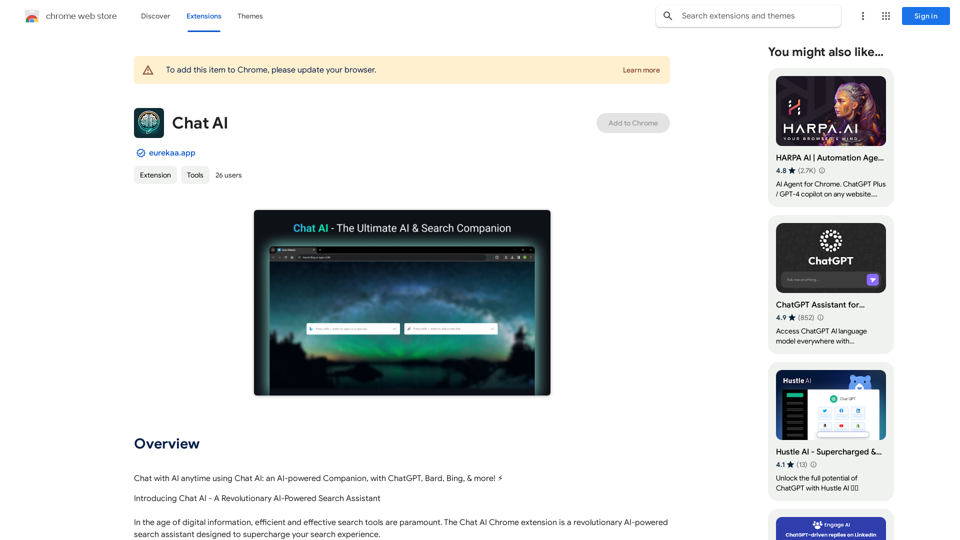Songmeaning is an AI-powered platform designed to uncover hidden stories and meanings behind song lyrics. It offers users a deeper understanding of their favorite songs through AI-driven analysis. The platform features a vast library of song lyrics from various genres and artists, making it easy for users to explore and discover new meanings in music.
Songmeaning - Uncovering the Hidden Story Behind Your Favorite Song Lyrics
Let's unlock the hidden depths of your favorite song with the power of AI. With Songmeaning, let's uncover the true meaning behind your favorite lyrics.

Introduction
Feature
AI-Driven Lyric Analysis
Songmeaning utilizes advanced AI technology to analyze song lyrics, revealing hidden stories and meanings that might not be immediately apparent to listeners.
Extensive Song Library
The platform boasts a comprehensive collection of song lyrics across various genres and artists, providing users with a wide range of options to explore.
User-Friendly Navigation
Alphabetical Browsing
Users can easily browse through the song library alphabetically, making it simple to find specific songs or explore new ones.
Artist Search
The platform allows users to search for specific artists, enabling them to delve into the meanings behind their favorite musicians' works.
Song Meaning Generation
Songmeaning's AI can generate interpretations of song lyrics, offering users unique insights into the possible meanings and stories behind the music.
News and Trends Section
Users can stay updated with the latest news, trends, and stories related to music and song lyrics through the platform's "Read More" feature.
Free Trial Option
Songmeaning offers a free trial period, allowing users to experience the platform's features without any initial cost.
FAQ
Is Songmeaning free to use?
Songmeaning offers a free trial period, allowing users to generate song meanings and explore the platform without any initial costs. For extended access and additional features, a subscription model is available.
How do I navigate the Songmeaning platform?
Songmeaning is designed for easy navigation. Users can:
- Browse the song library alphabetically
- Search for specific artists
- Use the song meaning generation feature
- Explore the latest music news and trends in the "Read More" section
What are the main benefits of using Songmeaning?
Using Songmeaning allows users to:
- Gain deeper understanding of their favorite songs
- Discover new songs and their meanings
- Initiate conversations about music and lyrics
- Explore a vast library of song lyrics from various genres and artists
How does Songmeaning ensure user privacy?
Songmeaning prioritizes user privacy and ensures that all user data is kept safe and secure on the platform.
Latest Traffic Insights
Monthly Visits
84.13 K
Bounce Rate
45.50%
Pages Per Visit
1.50
Time on Site(s)
18.45
Global Rank
463697
Country Rank
Russia 80607
Recent Visits
Traffic Sources
- Social Media:4.76%
- Paid Referrals:0.56%
- Email:0.12%
- Referrals:7.95%
- Search Engines:54.95%
- Direct:31.59%
Related Websites
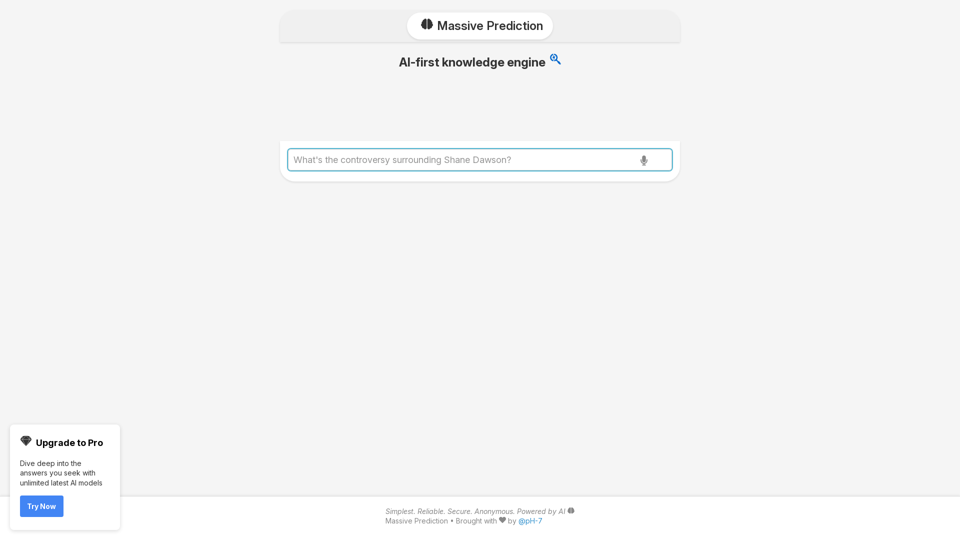
An AI-powered search engine that provides immediate answers to your most important questions.
An AI-powered search engine that provides immediate answers to your most important questions.MassivePrediction: A specialized AI search engine that is always available and runs directly in your browser. It instantly retrieves highly relevant content from the internet that was created by AI.
0
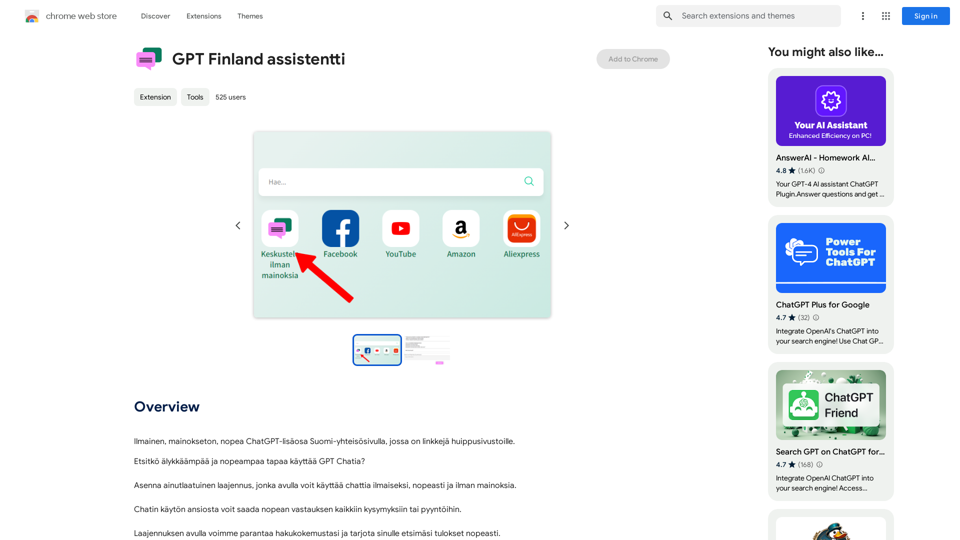
Free, ad-free, fast ChatGPT add-on on the Finnish community page, which has links to top-notch websites.
193.90 M
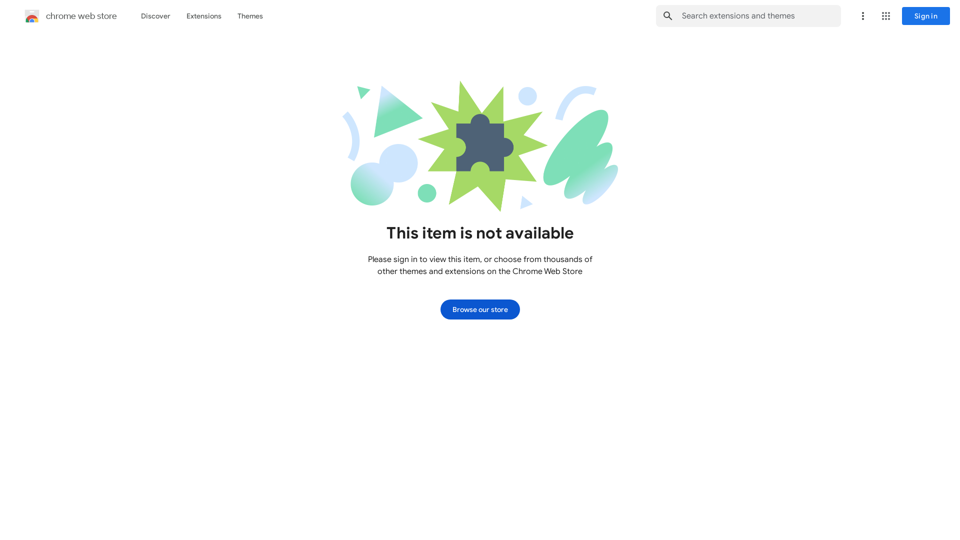
Enhance your browser with new features and tailor your browsing experience to your preferences.
193.90 M
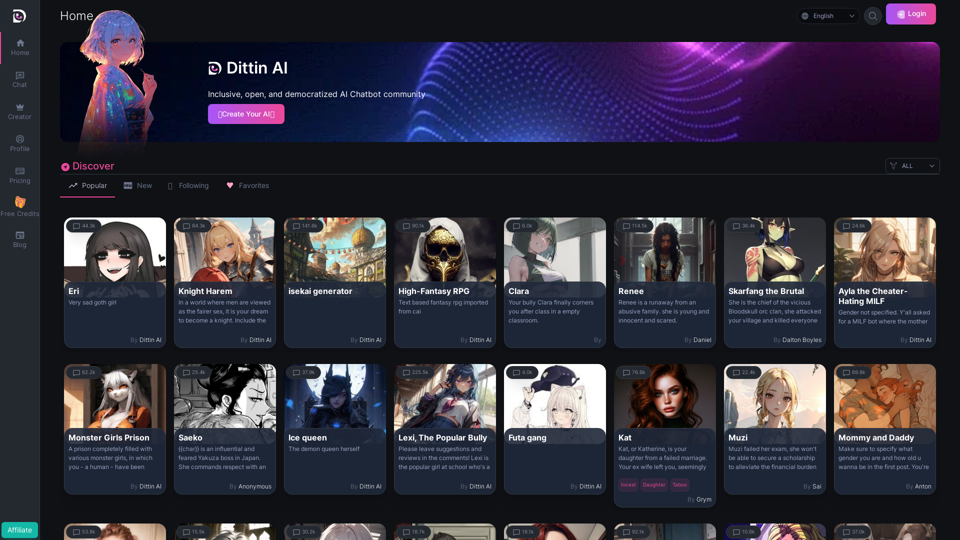
Home - Dittin AI - An Inclusive, Open, and Democratized AI Chatbot Community
Home - Dittin AI - An Inclusive, Open, and Democratized AI Chatbot CommunityDittin AI is a free, open, and inclusive AI Chatbot community that allows you to create any beloved character you desire, or share the AI Chatbots you have created with the community and enjoy immersive AI role-playing.
0
